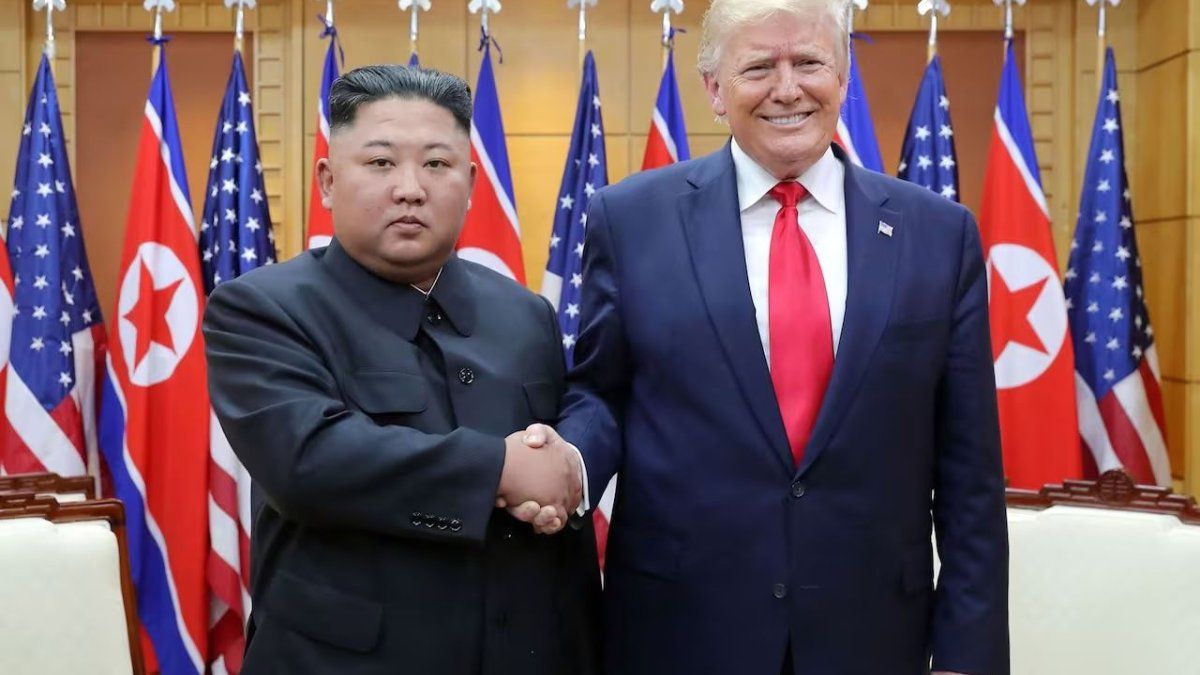Journalist: For the first time in a long time, the Fed meeting has begun and it is not known in advance what decision it will take. And it is not just any time. Jay Powell announced in Jackson Hole that the rate cuts will begin. This is the expected debut of the pruning shears. But there is debate about how sharp they should be.
Gordon Gekko: That’s right. When Silicon Valley Bank collapsed and the regional banking crisis erupted in March of last year, there was also great uncertainty. A week later, the Fed held its routine meeting. Would it refrain from raising rates, for the first time since March 2022? Or would it continue with its scheduled agenda with a quarter-point increase? In the end, it did the latter. And it communicated clearly the most important thing: the crisis was a one-off accident and not a disruption of the financial system. The rate hike, in those circumstances, was much more reassuring news than its omission. There was no reason to give up in the battle against inflation.
Q: What will Powell and his boys do? Because the vision they brought down – the forward guidance- The reason was that they preferred to start this new stage with the minimum standard movement, a quarter of a point. And the most recent data – above all the rise in core retail inflation and retail sales – cemented their reasonableness. But, in the period of official embargo, in which the FED does not make statements, articles in the Wall Street Journal and the Financial Times simultaneously installed the version that a heated debate grew within the institution. And the same would grant equal chances to the initial drop being half a point. The surprise came later. The futures of fed funds They quickly abandoned the official orientation and turned to this press guidance. In three rounds, the prices began to favour a scenario where rates are cut by half a point with a 65% probability. Will this be the case?
GG: The FED will do what it deems most appropriate.
Q: Even if the future suggests otherwise.
GG: It is elementary. The Fed will not cede the management of monetary policy to third parties.
Q: But the Fed has been making sure for years that its steps are correctly anticipated by the markets. It tries to be predictable in order to minimize the disruption it may cause. And what has worked so well until now is now clearly controversial.
GG: That doesn’t change anything from the above. Communication is a very powerful tool for the Fed. If it fails, it will have to be corrected. But it will not make decisions based on the success of unofficial rumors. In this way, monetary policy would very soon become an inconsistent weather vane.
Q: So we are expecting a quarter-point cut.
GG: That’s the most likely. By far. And if it were half a point, it wouldn’t be because the Fed looks at the Chicago futures board and doesn’t dare to snub it. The versions may be well founded. That’s why they have been credible. Powell and his people may prefer a more ambitious move.
Q: Although they never told us that.
GG: The data, by the way, has not changed enough to make it clear that a more aggressive stance is needed. But the central bank is within its rights if it wants to be proactive.
Q: The markets are putting pressure on. If the Fed cuts just a quarter of a point as they half expect, we will have a dance. It happened in July when the cut was desired, although unlikely, and the central bank effectively remained with its arms crossed. Will we have another Black Monday?
GG: And what was the result of that abrupt reaction? Nothing. The S&P touched a new record today. Don’t rule out another tantrum, a new tantrum, no matter how small the drop is. A half-point could also be a boomerang and deepen fears of recession. September is hurricane season, too. The underlying issue has little to do with the size of the first shift. We already saw when it came to raising rates that it started with a timid quarter point. And then an avalanche of 5 full points followed. What brought down inflation was the process as a whole, and not the baptism of fire. But it was not possible to know in March 2022 how much would be needed. That it would be a lot was not in doubt because rates were at zero and inflation had soared to more than 7%. And on top of that, Putin invaded Ukraine, bringing with him a shock in commodity prices. If a quarter point was good for the tortuous and arrears journey, it should not be an obstacle to the current task of preventing a cold while the sun is still shining. And if the markets need explanations, the Fed will give them a new sketch on the dotted map to calm their anxiety.
Source: Ambito
David William is a talented author who has made a name for himself in the world of writing. He is a professional author who writes on a wide range of topics, from general interest to opinion news. David is currently working as a writer at 24 hours worlds where he brings his unique perspective and in-depth research to his articles, making them both informative and engaging.




